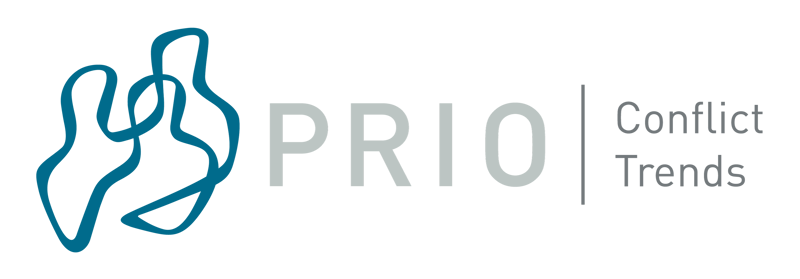PRIO's Conflict Trends project collaborates with the Ministry of Foreign Affairs to answer questions relating to the causes, consequences and trends in conflict. The project will contribute to new conflict analyses within areas of public interest, and works to produce thorough and quality based analysis for the MFA. The project builds on the existing competence of PRIO with a strong emphasis on research and new data analysis.
The Center for the Study of Civil War (2003-2013) was engaged in path-breaking research on war and peace. The Conflict Trends project sustains and makes use of the competence and international connections that PRIO has developed. The project also aims to reduce the gap between science and research and to assure that the resources and knowledge obtained are beneficial to the public in general.
Project Themes
The project will focus especially on the following thematic areas in the first phase of the project:
- Natural resources and conflict: Both shortages and abundance of resources have increasingly been linked to conflict activity. How will the increased pressure on land and water resources affect conflicts in the world? Natural resources such as oil and diamonds can affect the likelihood of conflict, but also contribute to its prevention. The project focuses the role of industry, and how regional and local conditions can affect the positive potential that natural resources may have on institutional development and distribution of goods.
- Youth, development and conflict: Large youth bulges can increase the risk of armed conflicts and regime change. At the same time, youth bulges can have a positive impact on society and contribute to economic growth. The project seeks to obtain increased knowledge on how access to education and work will affect the likelihood of conflict in countries with large youth bulges.
- Political change and stability: In the past years, many have warned that democratic institutions have deteriorated in several countries. The project will examine democratic development from different perspectives, and report on statistical trends.
- Human costs of conflict: The human costs of conflict often go well beyond those who are killed in direct battle. The project focuses especially on the consequences of conflict on maternal health, and inequality in access to education between women and men, and between groups.
Policy Briefs: Conflict Trends
The aim of the project is to outline short and informative policy briefs within different thematic schemes, while also focusing on more specific, country-based conflicts. In addition to describing the actors and main tendencies in conflict, the notes will include maps with an overview of conflict events, trends in conflict activity over time, and other relevant statistical indicators. The briefs in the Conflict Trends series can be found in the Publications Archive.


















